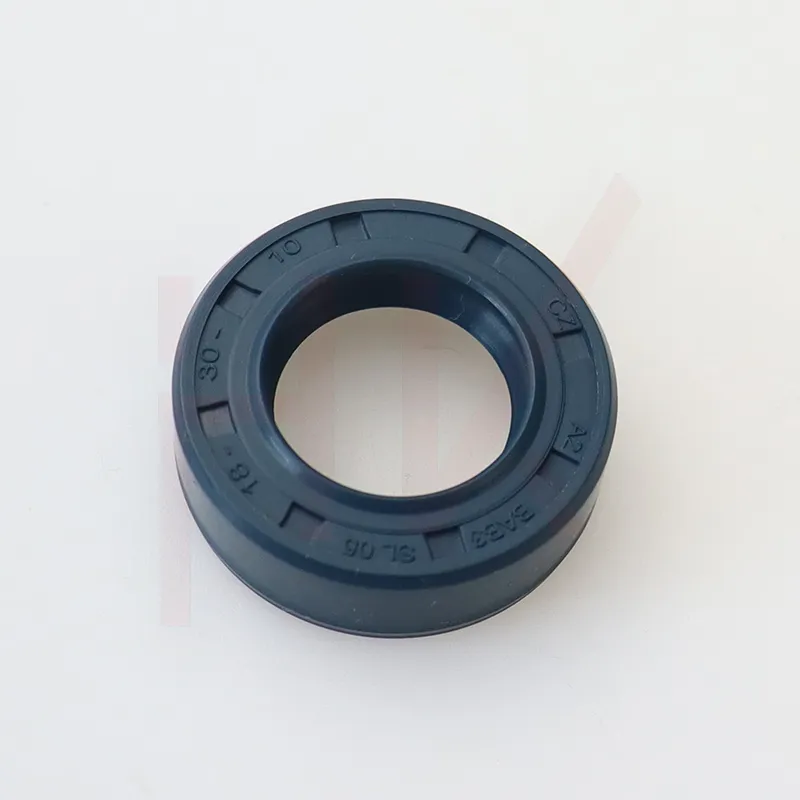Aug . 12, 2024 10:36 Back to list
Steps to Effectively Replace Seals in a Hydraulic Cylinder for Optimal Performance and Longevity
Replacing Seals on a Hydraulic Cylinder A Step-by-Step Guide
Hydraulic cylinders are crucial components in various industrial applications, providing the necessary force to lift heavy loads, push and pull components, and operate machinery efficiently. However, like any mechanical device, hydraulic cylinders can experience wear and tear over time, leading to leaks and reduced performance. One of the most common issues faced by hydraulic cylinders is the failure of seals. In this article, we will explore the steps involved in replacing seals on a hydraulic cylinder, ensuring optimal performance and longevity.
Understanding the Importance of Hydraulic Seals
Hydraulic seals are designed to prevent fluid from leaking out of the cylinder and protect internal components from contamination. They act as a barrier between the cylinder tube, piston, and rod, ensuring that hydraulic fluid stays within the system. When seals wear out or become damaged, the consequences can be significant, including loss of pressure, reduced efficiency, and potential damage to other parts of the hydraulic system. Therefore, prompt replacement of seals is essential to maintain the functionality and reliability of hydraulic cylinders.
Tools and Materials Needed
Before starting the seal replacement process, gather the necessary tools and materials
1. Tools - Wrenches or socket set - Screwdrivers - Seal puller or scraper - Calipers or micrometer for measurements - Torque wrench - Clean cloth or paper towels - Safety goggles and gloves
2. Materials - Replacement seals (ensure they are the correct size and type for your specific cylinder model) - Hydraulic oil (for reassembly) - Lubricant for seals - Cleaning solution or degreaser
Step-by-Step Replacement Process
replacing seals on a hydraulic cylinder

1. Safety First Before beginning any work, ensure that the hydraulic cylinder is depressurized. Disconnect it from any power source and relieve pressure by operating the hydraulic system to its full range of motion. Wear appropriate personal protective equipment (PPE) to safeguard against hydraulic fluid spills.
2. Disassemble the Cylinder Using the appropriate wrenches, carefully disassemble the hydraulic cylinder. Start by removing the end caps and then slide the piston and rod out of the cylinder tube. Keep track of the order in which you remove components, as this will aid in reassembly.
3. Inspect the Components Once disassembled, inspect the cylinder tube, piston, and rod for signs of damage or wear. Look for scratches, rust, or corrosion that may have contributed to seal failure. Clean all components thoroughly, using a suitable cleaning solution to remove dirt and debris.
4. Remove Old Seals Use a seal puller or a scraper to carefully remove the old seals from their respective grooves. Be cautious not to damage the cylinder surfaces while doing this.
5. Install New Seals Lubricate the new seals with hydraulic oil to facilitate installation and minimize the risk of damage. Carefully press the new seals into their grooves, ensuring they are seated correctly and evenly.
6. Reassemble the Cylinder Once the new seals are in place, reassemble the hydraulic cylinder in the reverse order of disassembly. Ensure all components are aligned correctly and torque the bolts to the manufacturer’s specifications using a torque wrench.
7. Testing After reassembly, reconnect the hydraulic cylinder to the system. Refuel it with hydraulic oil if needed and bleed the system to remove any air. Test the cylinder by applying pressure and observing for any leaks. If everything is functioning correctly, the seal replacement was successful.
Conclusion
Replacing seals on a hydraulic cylinder is a straightforward process that, with the right tools and attention to detail, can significantly improve the performance and lifespan of the equipment. Regular maintenance and timely seal replacement can save on costly repairs and downtime in industrial applications. Always consult the manufacturer’s manual for specific instructions and specifications related to your hydraulic cylinder model to ensure optimal results.
-
TCN Oil Seal Metal Ring Reinforcement for Heavy Machinery
NewsJul.25,2025
-
Rotary Lip Seal Spring-Loaded Design for High-Speed Applications
NewsJul.25,2025
-
Hydraulic Cylinder Seals Polyurethane Material for High-Impact Jobs
NewsJul.25,2025
-
High Pressure Oil Seal Polyurethane Coating Wear Resistance
NewsJul.25,2025
-
Dust Proof Seal Double Lip Design for Construction Equipment
NewsJul.25,2025
-
Hub Seal Polyurethane Wear Resistance in Agricultural Vehicles
NewsJul.25,2025
-
The Trans-formative Journey of Wheel Hub Oil Seals
NewsJun.06,2025
Products categories
















